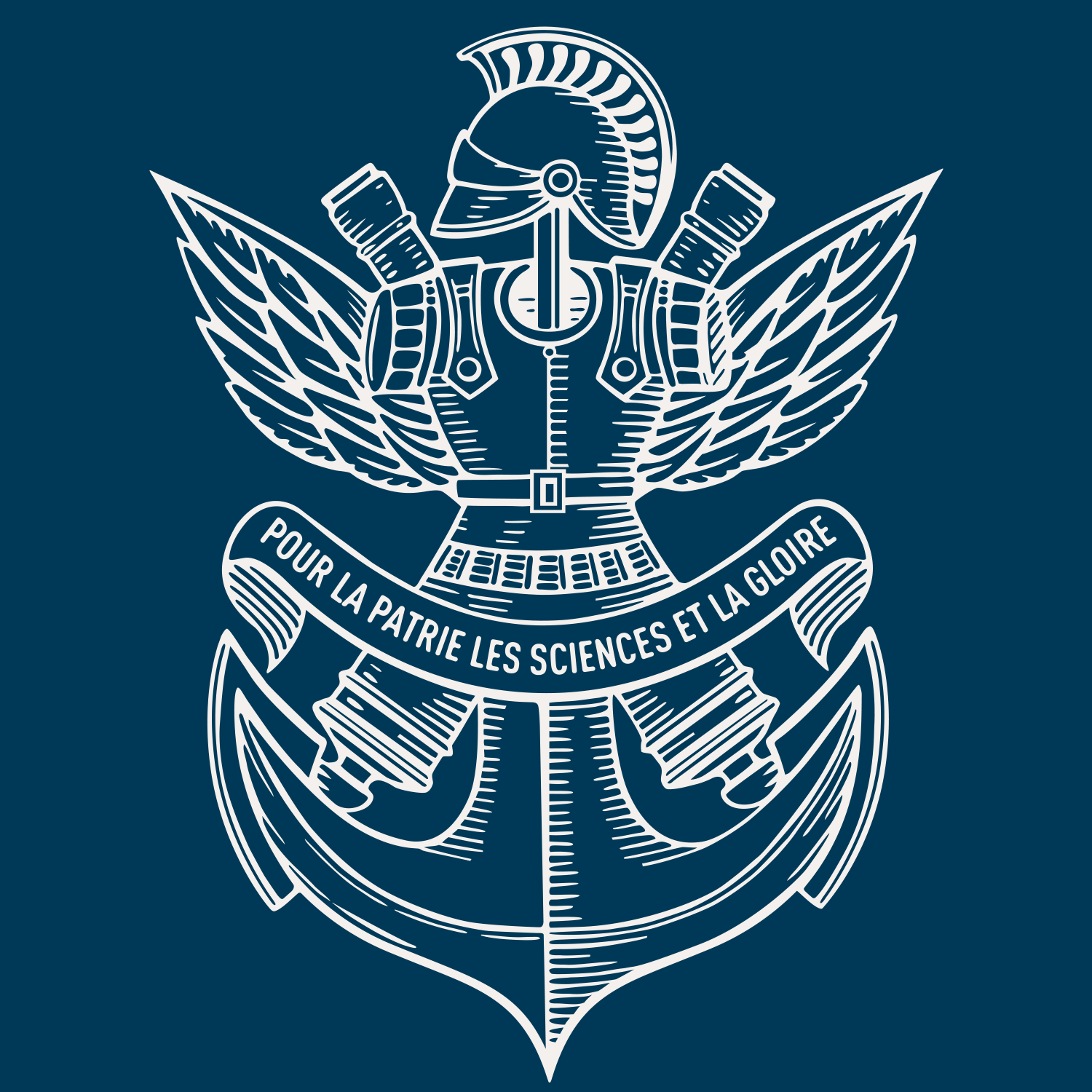Spin memory of the topological material under strong disorder
Résumé
Robustness to disorder is the defining property of any topological state. The ultimate disorder limits to topological protection are still unknown, although a number of theories predict that even in the amorphous state a quantized conductance might yet reemerge. Here we report that in strongly disordered thin films of the topological material Sb2Te3 disorder-induced spin correlations dominate transport of charge—they engender a spin memory phenomenon, generated by the nonequilibrium charge currents controlled by localized spins. We directly detect a glassy yet robust disorder-induced magnetic signal in films free of extrinsic magnetic dopants, which becomes null in a lower-disorder crystalline state. This is where large isotropic negative magnetoresistance (MR)—a hallmark of spin memory—crosses over to positive MR, first with only one e2/h quantum conduction channel, in a weakly antilocalized diffusive transport regime with a 2D scaling characteristic of the topological state. A fresh perspective revealed by our findings is that spin memory effect sets a disorder threshold to the protected topological state. It also points to new possibilities of tuning spin-dependent charge transport by disorder engineering of topological materials.
Origine : Fichiers éditeurs autorisés sur une archive ouverte

